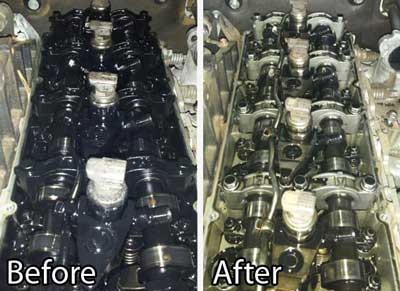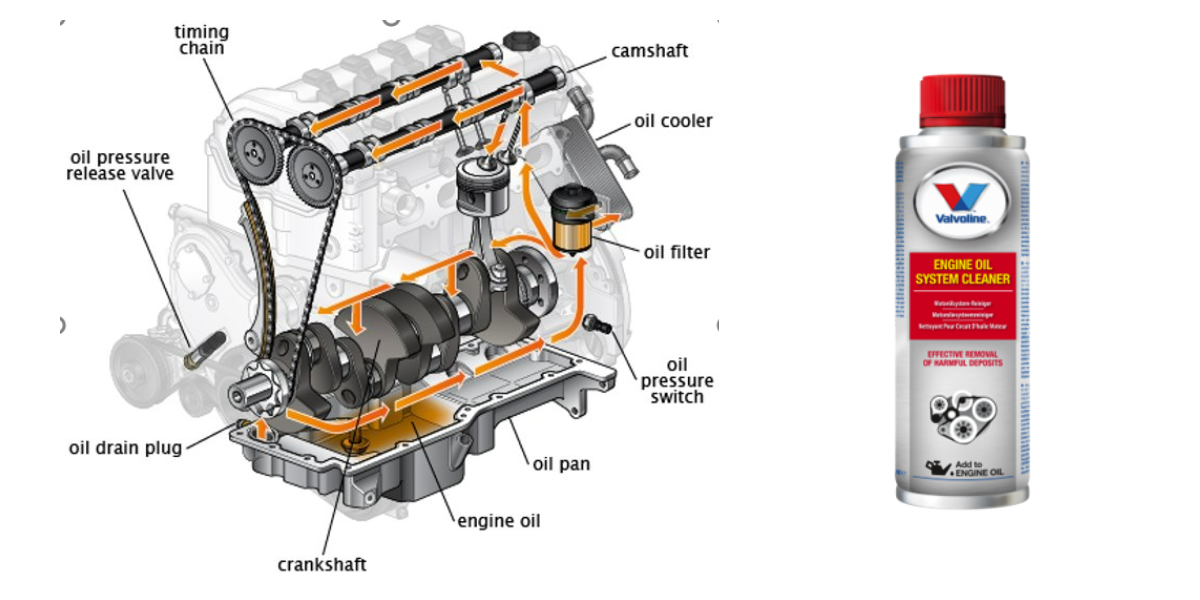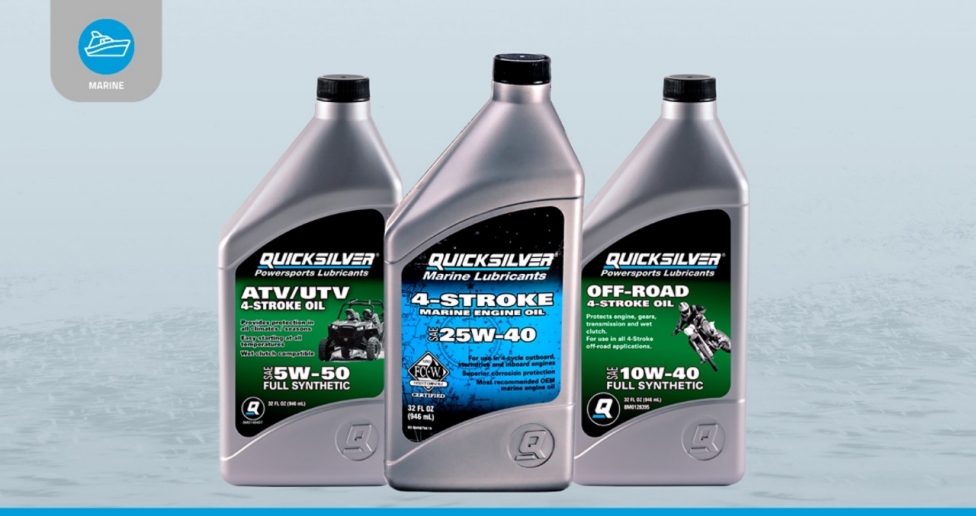Engine oil flush is a topic that often sparks debate among car enthusiasts and professionals. Some argue that regular engine flushes are essential for maintaining the health of your vehicle’s engine, while others believe that it may do more harm than good. So, when should you use an engine oil flush? Let’s dive into the details.

Credit: costeffective.com.au

Credit: www.valvolineglobal.com
What is Engine Oil Flush?
Before we discuss when to use an engine oil flush, let’s first understand what it is. Engine oil flush is a chemical solution designed to clean the engine by removing sludge, varnish, and other contaminants that may have built up over time. It is typically added to the engine before an oil change and allowed to circulate for a short period to help dislodge and dissolve any deposits.
When to Consider Engine Oil Flush
While some automotive experts recommend using engine oil flush with every oil change, the general consensus is that it is not necessary to do so frequently. Instead, consider using engine oil flush once or twice a year, depending on your driving habits and the climate in which you operate your vehicle.
- If you primarily take short trips, which may not allow the engine to reach its optimal operating temperature, the likelihood of sludge buildup increases. In such cases, using an engine oil flush can help remove these deposits and maintain engine health.
- Driving in hot or dusty climates can also contribute to the accumulation of contaminants in the engine. In such conditions, periodic engine oil flushes can be beneficial in keeping the engine clean and functioning optimally.
Benefits of Engine Oil Flush
There are several potential benefits of using an engine oil flush:
- Removal of Deposits: Engine oil flush can effectively remove sludge, varnish, and other deposits that may hinder the proper functioning of engine components.
- Improved Engine Performance: A clean engine is likely to perform more efficiently, leading to better fuel economy and overall performance.
- Reduced Emissions: A cleaner engine is associated with reduced emissions, contributing to a healthier environment and potentially helping vehicle owners meet emissions standards.
Considerations and Potential Risks
While engine oil flushes offer potential benefits, it’s essential to consider the following factors and potential risks:
- Manufacturer Recommendations: Some car manufacturers may advise against the use of engine oil flush due to concerns about the chemicals reacting with engine components and potentially causing premature degradation and failure.
- Quality of Products: Not all engine oil flush products are created equal. It’s crucial to use high-quality, reputable products and follow the manufacturer’s instructions to minimize any potential risks.
- Frequency of Use: Using engine oil flush too frequently may not be necessary and could lead to unnecessary wear on engine components. It’s important to strike a balance and use it judiciously based on your driving conditions.
Professional Guidance
When considering whether to use an engine oil flush, it’s advisable to seek professional guidance from a trusted mechanic or automotive expert. They can assess your specific driving habits, climate conditions, and the overall health of your vehicle to provide tailored recommendations on the use of engine oil flush.
Frequently Asked Questions
When Should You Flush Your Engine Oil?
You should consider flushing your engine oil once or twice a year, depending on your driving habits and climate. This helps remove deposits and keeps your engine running efficiently. Regular flushing can reduce emissions and minimize the risk of engine degradation.
Is It Worth Using An Engine Oil Flush?
Using an engine oil flush can be worth it. Regular flushes remove deposits, minimizing the risk of engine degradation. It also leads to reduced emissions, making it beneficial for the environment and helping meet emissions standards. Consider using it once or twice a year, depending on your driving conditions.
However, be cautious as some car manufacturers do not recommend it due to potential reactions with engine components.
What Are The Disadvantages Of Engine Flush?
Engine flush may react with engine components, leading to premature degradation and failure. Car manufacturers do not recommend it for this reason.
Should You Flush Your Engine With Old Or New Oil?
You should flush your engine with an engine flush product before changing the oil. This helps to neutralize, clean, and remove impurities from the old oil. It also allows the new oil to perform better and last longer by preventing leftover impurities from affecting its performance.
Regular engine flushes once or twice a year can help maintain the health of your engine.
Conclusion
In conclusion, the decision of when to use engine oil flush should be based on a careful assessment of your driving habits, environmental conditions, and the overall condition of your vehicle. While engine oil flushes can offer benefits in terms of maintaining a clean and efficient engine, it’s important to use them judiciously and in line with manufacturer recommendations to minimize any potential risks.
Always prioritize the use of high-quality products and seek professional advice when in doubt. By doing so, you can ensure that your vehicle’s engine remains in optimal condition, contributing to its longevity and performance.


